Basic medical care in Owambo was initially only provided at Finnish mission stations. But the need for medical services became acute when several family members of the missionaries died as a result of malaria and other diseases and more Aawambo turned to the mission stations for medical treatment.
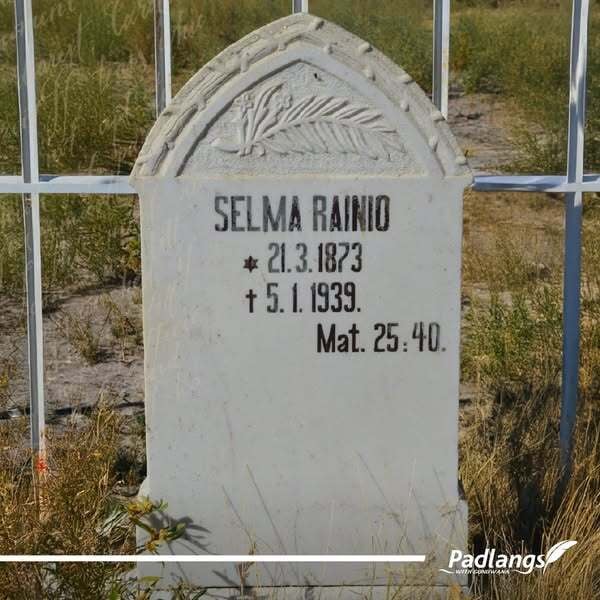
The first doctor in northern Namibia, Dr Selma Rainio, was among the very first women doctors to qualify in Finland. She arrived in Owambo on 14 December 1908 and initially treated patients at the Finnish mission station at Oniipa. King Kambonde kaMpingana allocated land for a hospital about one kilometre east of Oniipa at a site where a popular traditional healer worked. As it was sometimes difficult for Dr Rainio to obtain medical supplies, she often consulted the traditional healer about the medicinal use of local plants. Dr Rainio was locally known as Gwanandjokwe which means “she is Onandjokwe” or “she is from here” – a reference to the way in which people loved her. Her name continues to resonate in many Aawambo women with the name Selma. She established the first nursing school in the country at Onandjokwe in 1930 with an intake of three male students and one female student for the one-year course. A three-year training programme for nursing assistants started in 1934 with an intake of ten pupil nurses. Dr Rainio worked at Onandjokwe hospital until she was transferred to Engela in 1936 where she worked until 1938 when she became ill and was were transferred back to Onandjokwe. She died in January 1939 and was buried in Oniitewa, the hospital cemetery, where many of her co-workers and her patients were buried.
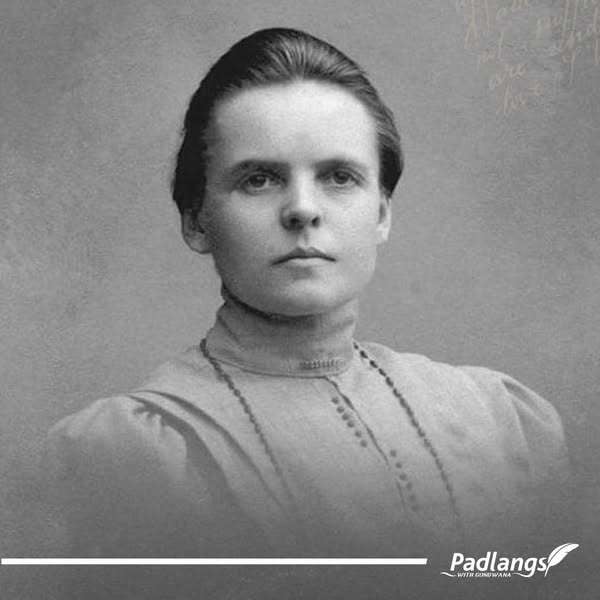
The hospital, the first in Owambo, was officially opened in July 1911. The rectangular main building consisted of an outpatient clinic, medical stores, operating room and rooms for the staff. It was also the first building in Owambo with a corrugated iron roof. Inpatients were hospitalised in eight separate thatched clay rondavels (round thatched huts). Anna Rautaheim established the first Finnish mission school for women at Onandjokwe in 1921. The school was transferred to Oshigambo three years later.
Disaster struck the hospital when a fire destroyed about 40 buildings on 4 October 1958. The blaze started after a crow picked up a piece of porridge that had boiled over the side of a pot. It flew to the top of a nearby thatched roof that was set alight by a live ember. The fire spread rapidly, causing large-scale damage. During the clearing-up operation a piece of charred wood resembling an angel was found and named the ‘Angel of Onandjokwe.’ The increasing number patients at clinics and hospital throughout Owambo required more nursing staff and the training of Aawambo nurses began the Onandjokwe School of Auxilliary Nurses was opened at Onandjokwe in 1930.The school was officially recognised by the South African Nursing Council in 1961. Three of the ten pupil nurses who were entered for the school’s first examination in 1963 passed with honours. A midwifery school was approved by the South African Nursing Council in 1964 and a nursing school for enrolled nurses was established at the hospital in March 1966. Onandjokwe Hospital developed into the main hospital in Owambo until the Oshakati State Hospital was opened in July 1966. During the liberation struggle, the South African military accused the hospital staff of treating wounded PLAN soldiers and the hospital was searched, staff harassed and wounded patients removed on several occasions. Explosive devices were found in the hospital grounds on two occasions, while a badly-wounded patient, Nathanael Shikongo, was abducted from the hospital by the South West African Police counter-insurgency branch (Koevoet) on 17 March 1987. Financial support for the hospital from the Lutheran World Federation ceased after Namibia’s independence.
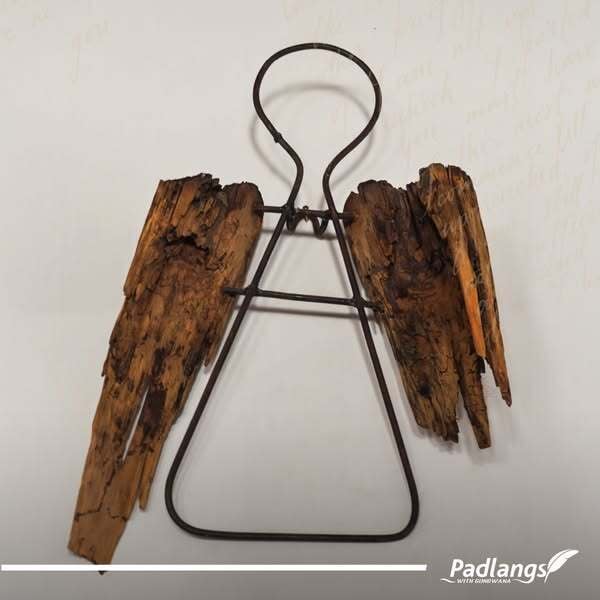
The Evangelical Lutheran Church in Namibia (ELCIN) continued to own and administer the hospital through the Lutheran Medical Services with a subsidy from the Namibian government. But the subsidy proved to be insufficient, resulting in the steady deterioration of the hospital’s infrastructure. An agreement to transfer responsibility for the running and maintenance of the hospital to the state was signed between the Ministry of Health and Social Services and the Evangelical Lutheran Church in Namibia (ELCIN) in August 2014. The Ministry officially took over the running of the hospital in July 2015.


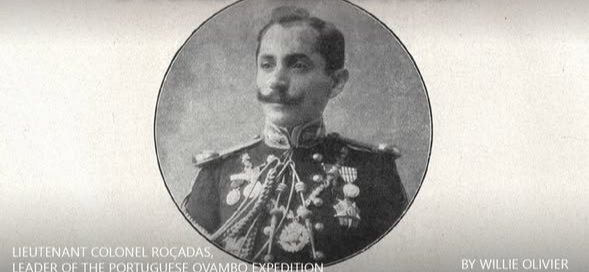
.jpg)
.jpg)




.png)
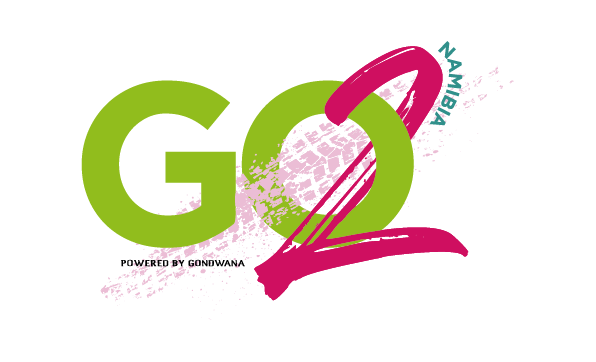
SUBMIT YOUR COMMENT